Cargo, a term synonymous with goods transported by various means, plays a pivotal role in global trade and commerce. In the context of shipping, cargo encompasses all types of products and commodities transported by sea, air, or land to different destinations worldwide. Understanding the nuances of cargo in shipping is essential for grasping how goods move from one part of the world to another, underpinning the vast network of international trade.
Types of Cargo in Shipping
General Cargo
General cargo encompasses a wide variety of everyday items that are shipped using standardized containers. This category includes consumer goods such as clothing, electronics, machinery, and furniture. These items are typically packed in boxes, pallets, or crates and are loaded into shipping containers. The use of standard containers ensures that these goods can be easily handled using conventional equipment like forklifts and cranes. The versatility and ease of handling make general cargo one of the most common types of cargo in international shipping.
Bulk Cargo
Bulk cargo refers to large quantities of goods that are transported without packaging. This category is divided into two main types:
Dry Bulk: This includes commodities like grains, coal, ores, and cement. These goods are usually transported in large quantities using bulk carriers, which are specially designed ships with large holds. The handling of dry bulk cargo often involves specialized equipment like conveyor belts, grabs, and hoppers to load and unload the materials efficiently.
Liquid Bulk: This comprises liquids such as crude oil, chemicals, and liquefied natural gas (LNG). These goods are transported in tankers, which are ships designed with large tanks to hold the liquid cargo. The handling of liquid bulk cargo requires careful monitoring and control to prevent leaks and spills, making it crucial to adhere to strict safety and environmental regulations.
Break Bulk Cargo
Break bulk cargo includes goods that must be loaded individually rather than in containers. Examples of break bulk cargo are oversized machinery, steel bars, construction materials, and other items that cannot fit into standard shipping containers due to their size or weight. These goods are typically loaded onto ships using cranes and other heavy lifting equipment. Break bulk shipping requires meticulous planning and handling to ensure the safe transport of these often heavy and irregularly shaped items.
Refrigerated Cargo
Refrigerated cargo, also known as reefer cargo, includes perishable goods that require temperature-controlled environments during transport. This category includes fruits, vegetables, meat, seafood, and pharmaceuticals. Refrigerated cargo is transported in reefer containers, which are specially designed to maintain a consistent temperature, humidity, and ventilation to preserve the quality and safety of the goods. The logistics of handling refrigerated cargo are complex, involving careful temperature monitoring and quick transfer to prevent spoilage.
Hazardous Cargo
Hazardous cargo encompasses dangerous goods that pose risks to health, safety, property, or the environment. This includes chemicals, explosives, radioactive materials, flammable liquids, and gases. Special handling, packaging, and shipping procedures are required for hazardous cargo to mitigate risks. These procedures involve using specialized containers, clear labeling, and strict compliance with international regulations such as the International Maritime Dangerous Goods (IMDG) Code. Transporting hazardous cargo requires thorough documentation and trained personnel to handle the materials safely.
Project Cargo
Project cargo involves the transportation of large, complex, and often high-value pieces of equipment typically used in infrastructure projects. Examples include wind turbines, construction machinery, oil rig components, and other oversized or heavy items. Project cargo shipments are highly specialized and require detailed planning, customized transport solutions, and coordination among multiple parties. This type of cargo often necessitates the use of heavy-lift ships, modular trailers, and cranes to handle the unique dimensions and weights of the goods. Project cargo logistics also involve route surveys, permits, and escort services to ensure safe and efficient delivery to the project site.
Read more: Types Of Freight Forwarding
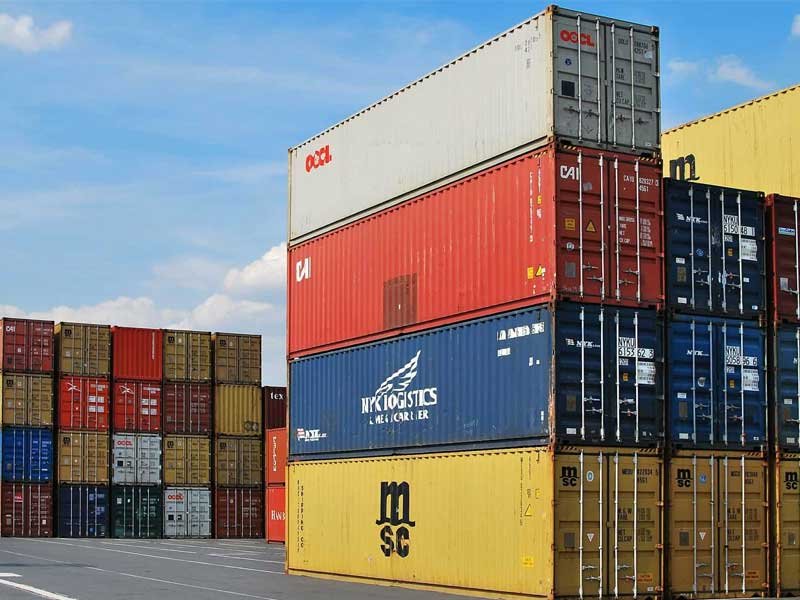
The Role of Containers in Shipping
The introduction of containers revolutionized cargo shipping, making it more efficient and secure. Standardized containers come in various sizes, with the 20-foot and 40-foot containers being the most common. Containers facilitate the easy handling, stacking, and transferring of goods between different transport modes, known as intermodal transport.
Logistics and Supply Chain Management
Efficient cargo shipping relies heavily on sophisticated logistics and supply chain management. This involves coordinating various activities, including:
- Transportation: Selecting the most efficient and cost-effective routes and modes of transport.
- Warehousing: Storing goods at various points in the supply chain until they are needed.
- Inventory Management: Ensuring that the right quantity of goods is available at the right time.
- Customs Clearance: Navigating the regulatory requirements and documentation needed for international shipping.
Advanced technologies like GPS tracking, RFID tagging, and blockchain are increasingly used to enhance transparency, efficiency, and security in cargo shipping.
Read more: Container Ships
Challenges in Cargo Shipping
Despite the advancements, cargo shipping faces several challenges:
- Regulatory Compliance: Navigating the complex web of international regulations can be daunting.
- Environmental Concerns: Shipping contributes to environmental pollution, and there is a growing push towards greener practices.
- Security: Protecting cargo from theft, piracy, and terrorism remains a significant concern.
- Economic Fluctuations: Changes in global trade policies and economic conditions can impact shipping volumes and costs.
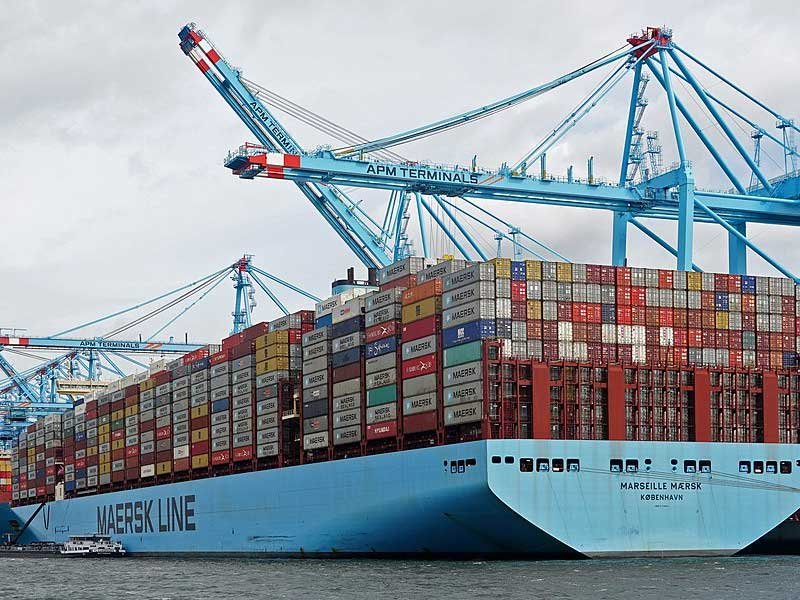
Future Trends in Cargo Shipping
The future of cargo shipping is likely to be shaped by several trends:
Automation and AI: From autonomous ships to AI-driven logistics, technology is set to revolutionize the industry.
Sustainable Shipping: Increasing emphasis on reducing carbon footprints will drive the adoption of cleaner fuels and more efficient vessels.
Digitalization: Enhanced digital platforms for tracking, documentation, and communication will streamline operations and improve transparency.
Conclusion
Cargo in shipping is a vital component of the global economy, enabling the movement of goods across vast distances. Understanding the different types of cargo, the role of containers, logistics, and the challenges faced by the industry provides a comprehensive view of how products are transported worldwide. As technology and sustainability trends continue to evolve, the cargo shipping industry is poised for significant transformation, promising even greater efficiency and integration in global trade.
Read more: project cargo logistics
FAQs
General cargo refers to everyday items such as clothing, electronics, machinery, and furniture that are typically shipped in standardized containers. These goods are easily handled using conventional equipment like forklifts and cranes, making general cargo one of the most common types of cargo in international shipping.
Bulk cargo is transported in large quantities without packaging and is divided into two main types:
Dry Bulk: This includes commodities like grains, coal, ores, and cement, which are usually transported in bulk carriers.
Liquid Bulk: This includes liquids such as crude oil, chemicals, and liquefied natural gas (LNG), transported in tankers designed with large tanks.
Break bulk cargo consists of goods that must be loaded individually rather than in containers. Examples include oversized machinery, steel bars, and construction materials. These goods are typically loaded onto ships using cranes and other heavy lifting equipment, requiring meticulous planning and handling to ensure their safe transport.
Refrigerated cargo, or reefer cargo, includes perishable goods such as fruits, vegetables, meat, seafood, and pharmaceuticals. These goods require temperature-controlled environments during transport and are shipped in reefer containers designed to maintain consistent temperature, humidity, and ventilation to preserve quality and safety.
Hazardous cargo includes dangerous goods such as chemicals, explosives, radioactive materials, and flammable liquids. Transporting hazardous cargo requires special handling, packaging, and shipping procedures to mitigate risks, including the use of specialized containers, clear labeling, and strict adherence to international regulations like the International Maritime Dangerous Goods (IMDG) Code. Thorough documentation and trained personnel are essential to safely handle these materials.

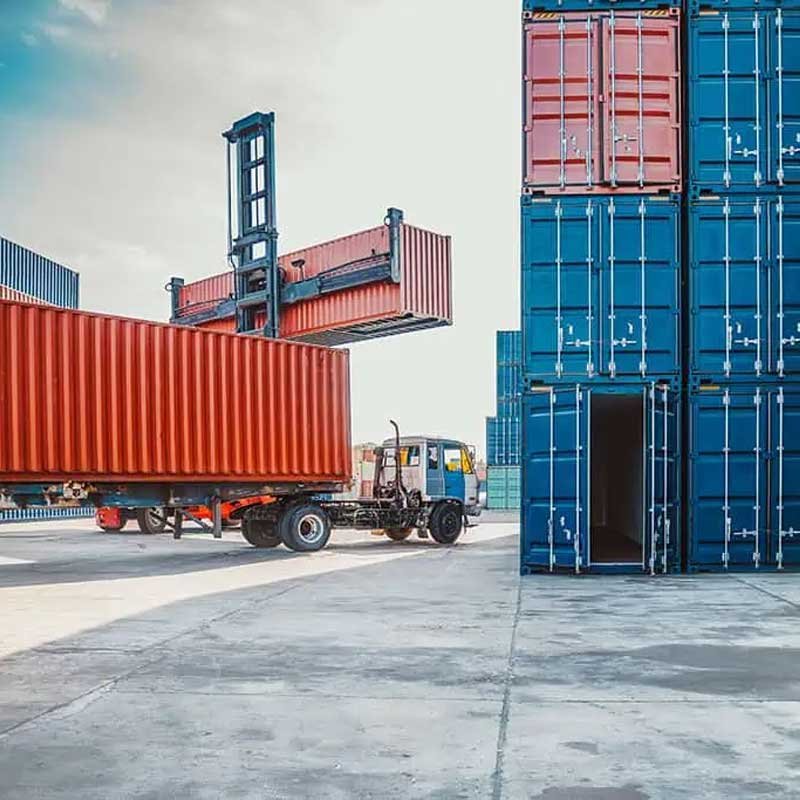

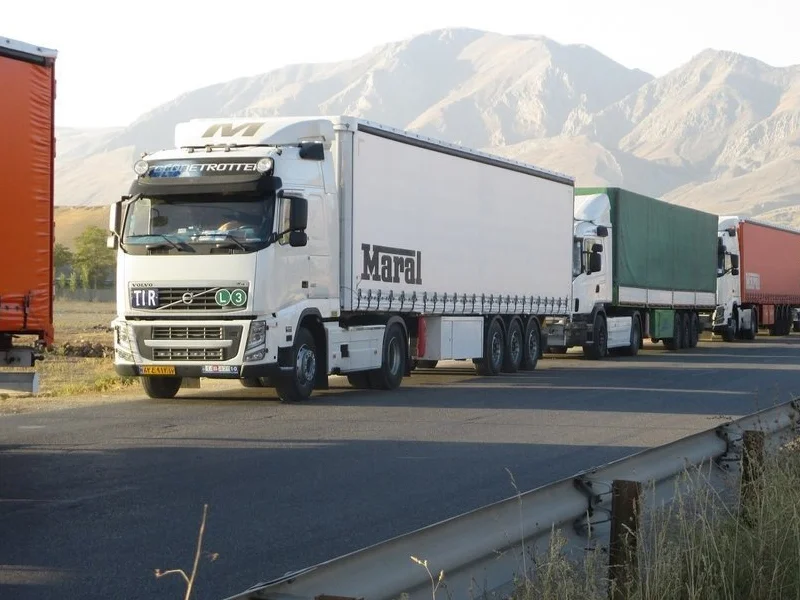
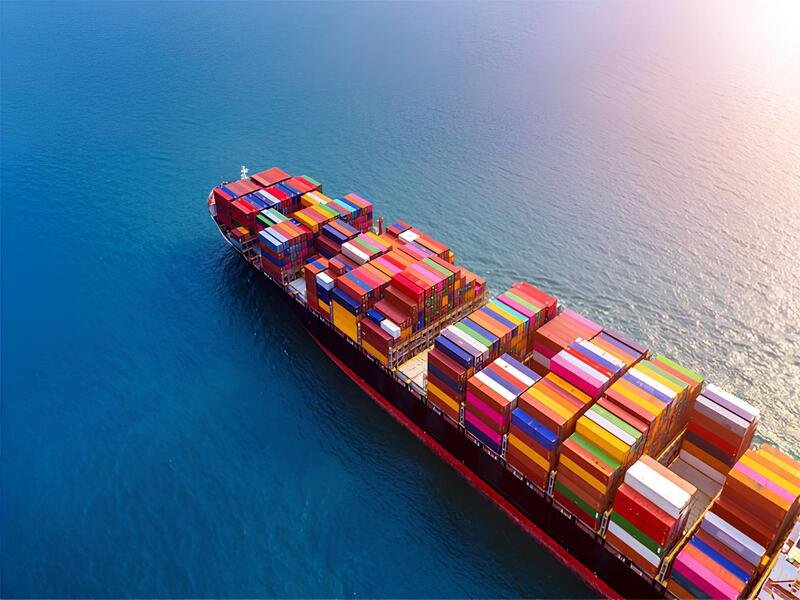
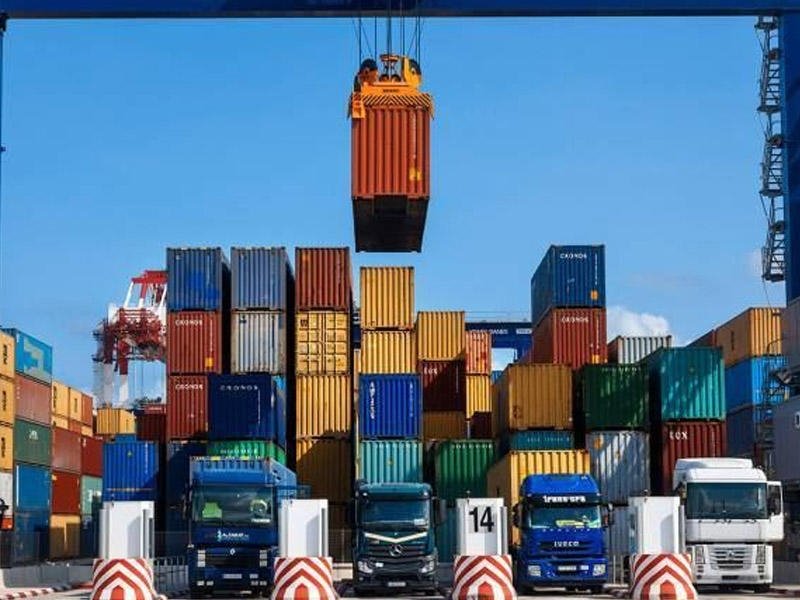
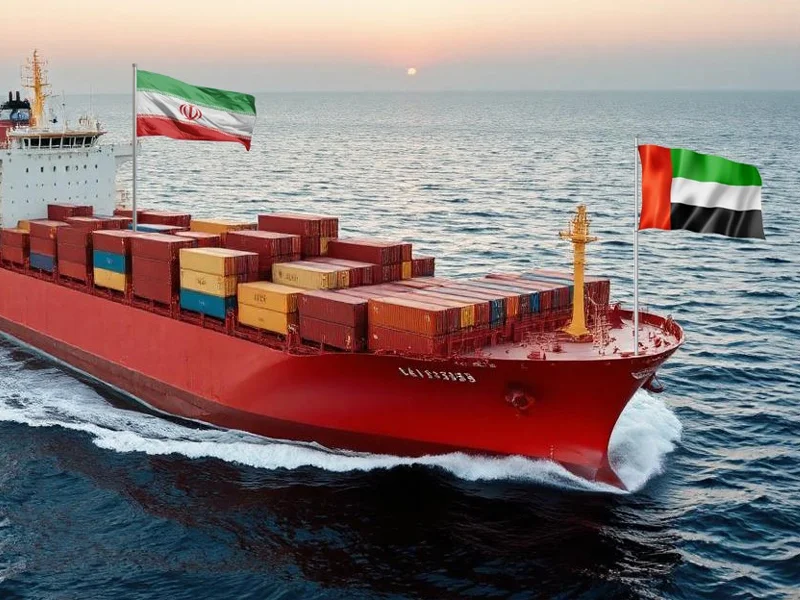



One Response
Together with every little thing that appears to be developing throughout this specific subject matter, many of your perspectives are relatively refreshing. Having said that, I appologize, because I do not give credence to your entire suggestion, all be it exciting none the less. It looks to us that your opinions are actually not entirely justified and in reality you are yourself not even completely convinced of the point. In any case I did enjoy reading it.